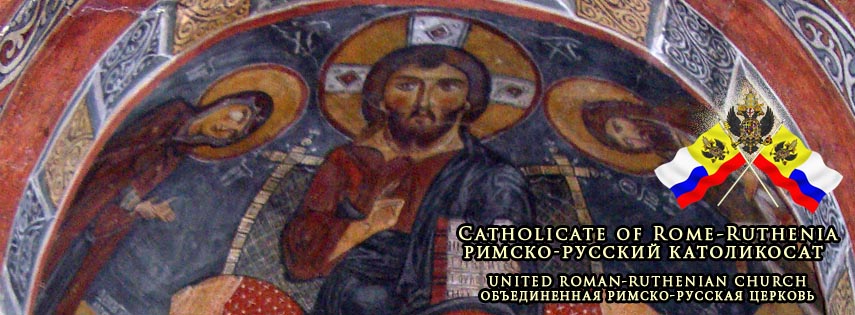Quantum-Behavioral Framework for the 21st Century
In the age of digital commerce, geopolitical uncertainty, and behavioral complexity, traditional economics often falls short. To meet today’s challenges, we need models that reflect how people really think and decide, not how we wish they did.
Enter the Choice Wave, a quantum mechanics-inspired framework created by H.A.H. Pope Radislav I of Rome-Ruthenia, head of the United Roman-Ruthenian Church (known also in academia as Dr. Rutherford Johnson, PhD, ALM, MSc, FRGS) in 2006. Also known as Wave Function Probabilistic Demand, this model shifts the foundation of decision theory from deterministic logic to probabilistic rationality, where individuals and groups make optimal decisions, but according to different internal rules.
A Paradigm Shift in Economic Thinking
Classical models have largely relied on the concept of a singular, hyper-rational “economic man.” Behavioral economics dismantled that idea, showing people often make choices that seem illogical. But rather than treating those behaviors as irrational, the Choice Wave treats them as distinct and rational within their own strategic frameworks.
The result: a way to model diverse human behaviors using wave functions that reflect the probabilistic nature of choice. These wave functions are orthogonal, meaning they are statistically independent and valid in parallel—capturing real-world complexity without forcing it into a one-size-fits-all mold.
Real Applications, Real Insights
Pope Radislav's theory has been applied in:
- Market research: to distinguish between distinct consumer behaviors
- Policy design: to reconcile competing stakeholder priorities
- Education: to tailor teaching strategies to different cognitive approaches
- Global strategy: to model how nations or institutions behave in economic conflicts
His subsequent Multipoint Gravitational Model builds on these ideas, offering mathematical tools to understand influence between people...not just through proximity, but through shared identity, history, and digital interaction.
Foundational in Quantum Economics
As quantum economics gains visibility, many modern approaches are now echoing concepts that Radislav formalized years earlier. His work represents one of the earliest and most rigorously developed and tested models that applies quantum mathematics to human decision-making in economic settings and beyond. Today’s wave-based frameworks owe much to this foundation.
Publications and Teaching
Pope Radislav has published widely in academic journals and authored Practical Economics in an Ever-Changing World, a textbook that unifies behavioral theory, sustainability, and mathematical modeling.
Just a few of his key papers include:
The Choice Wave: An Alternative Description of Consumer Behavior. Research in Business and Economics Journal. Vol. 5. February 2012.
Improving Police-Public Conflict Resolution to Improve Sustainability Decision Strategy. Journal of Human Resource and Sustainability Studies. Vol. 9. No. 4. 2021.
A Probabilistic Demand Application in the American Cracker Market. International Journal of Food and Agricultural Economics. Vol. 4. No. 3. 2016.
Implications of Hybrid Courses on Perceived Learning of Undergraduate Students and their Anticipated Benefits in a Post-Pandemic Environment. Transnational Journal of Business. Vol. 7. 2022. (with Rachel Lundbohm)
Choice Waves and Strategic Interaction. Journal of Technology Research. Vol. 7. March 2017.
A Probabilistic Shortage of Private Land Opened to Hunters in Northwest Minnesota. Modern Economy. Vol. 9. No. 1. January 2018. (with Eddie Walker II)
Academic Credentials
Fundamentally a behavioral scientist, Radislav was educated at Harvard, Georgia Tech, and the University of Kentucky. He brings a rare interdisciplinary depth, combining economics, physics, sustainability science, medical studies, and policy expertise.
Curious about the full model? Dive into the full technical framework here.
